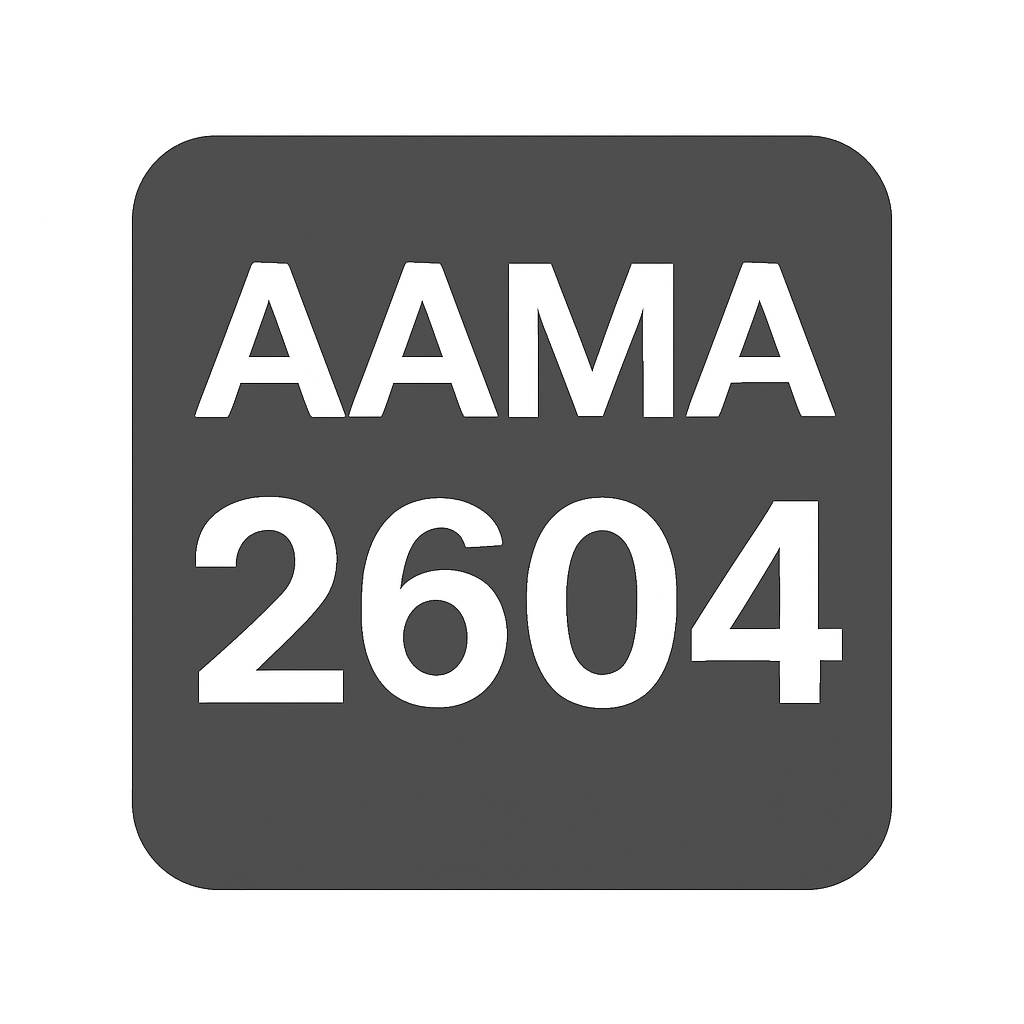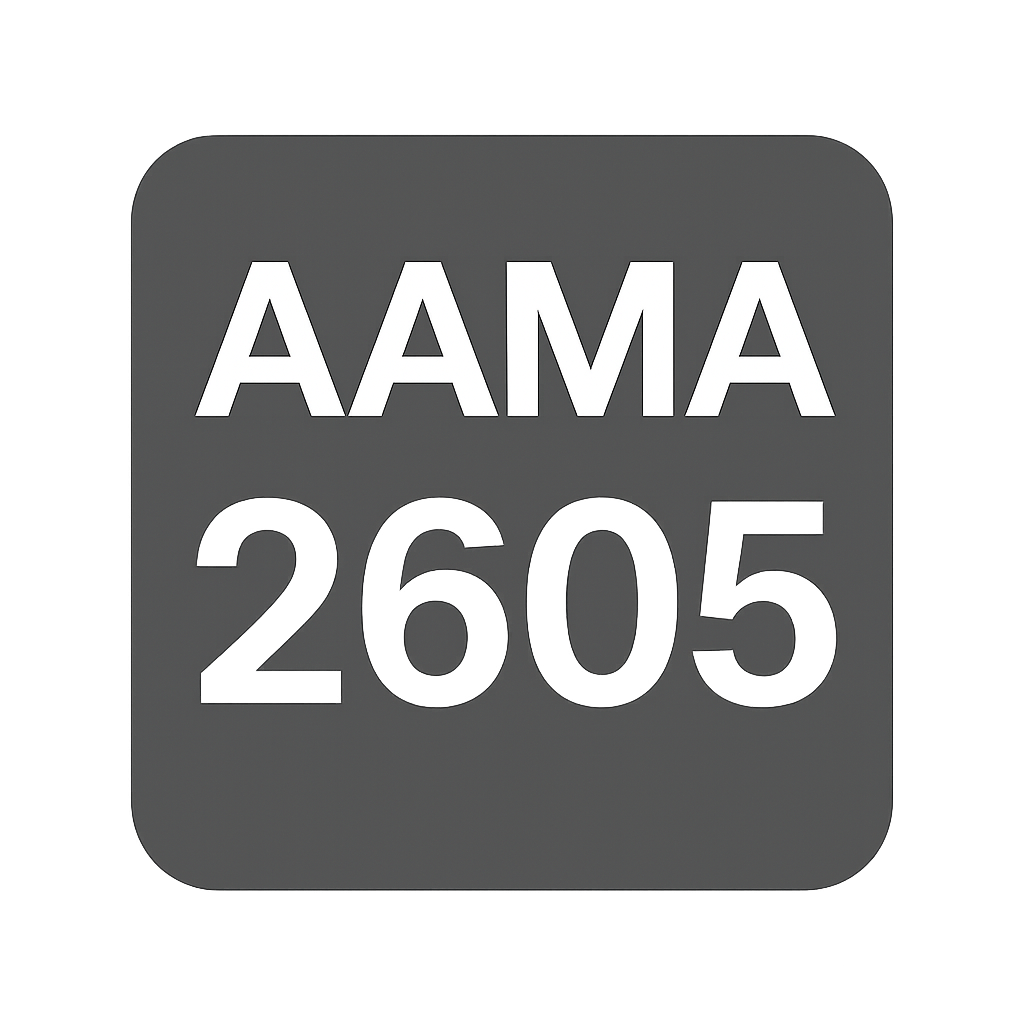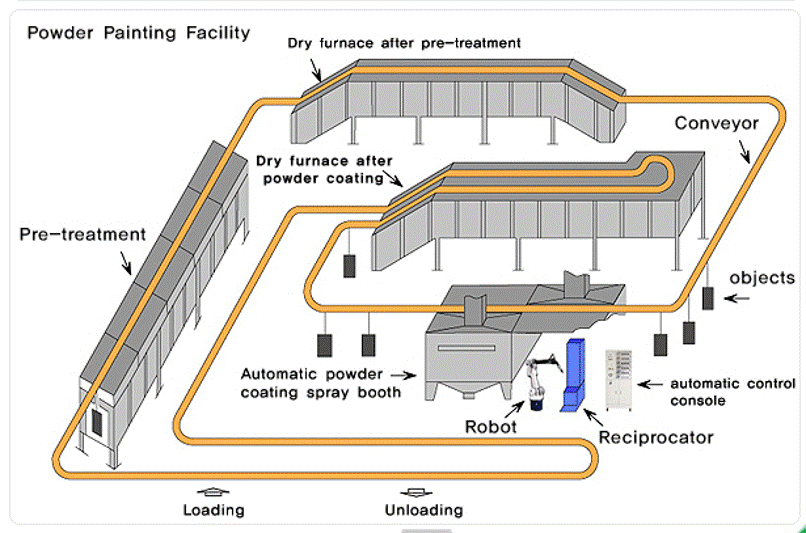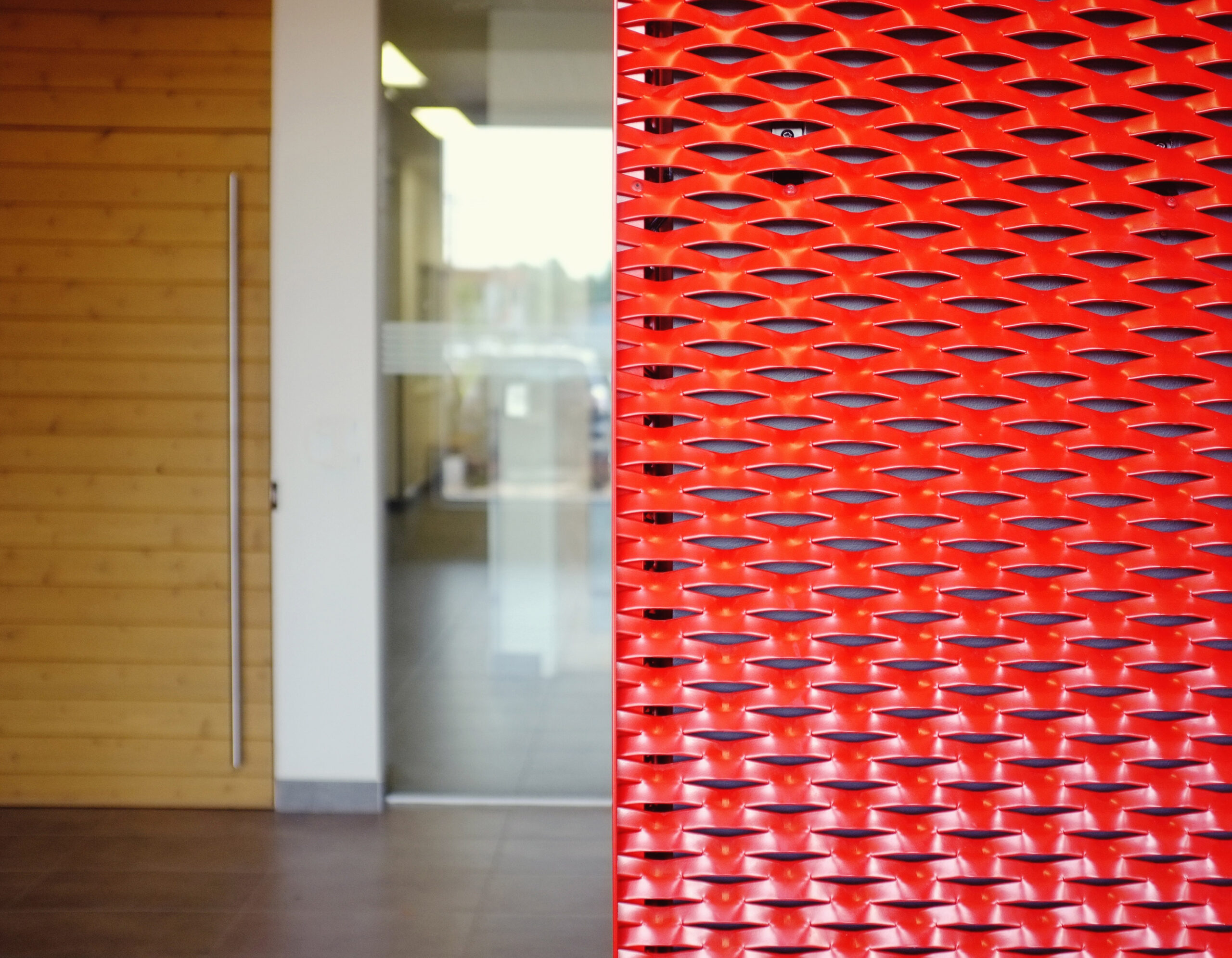Step one of specifying a finish for metals is defining your warranty; this will help guide the selection of a coating. Also, note that over-specifying a coating can drive unnecessary costs into your project. AMICO Architectural Metals works directly with coating manufacturers and applicators to help find that perfect balance of necessary performance and cost savings.
AAMA is the American Architectural Manufacturers Association, and they create standards and testing protocols for various product categories. When it comes to finishes, AAMA 2604 and AAMA 2605 deal explicitly with finishes. Finish manufacturers will then formulate their products and warranties around testing to these standards. Click here to read the detailed guidelines.

AAMA 2604:
- Performance:
- Withstands a 3,000-hour salt spray test
- Color Retention: Delta E <5 (what does this mean?)
- Gloss Retention: Minimum 30%
- Typical Warranty: 10-20 years
- Use Case:
- Ideal for low or mid-rise applications
- Climates with moderate or low UV exposure
- Where to start selecting a color:

AAMA 2605:
- Performance:
- Withstands a 4,000-hour salt spray test
- Color Retention: Delta E <5 (what does this mean?)
- Gloss Retention: Minimum 50%
- Typical Warranty: 20-30 years
- Use Case:
- Ideal for high-rises
- Coastal regions
- High UV-zones
- Where to start selecting a color:
What does a color shift of Delta E <5 really mean?
- ΔE = 0: no visible difference.
- ΔE of 1–2: minimal shift — most people can’t notice it.
- ΔE of 3–4: might be noticed if two panels are side by side.
- ΔE of 5 or more is where the average person starts to see the difference clearly.
What happens when a powder coat is no longer in warranty?
Many owners and architects fear that at the end of the warranty period, the metal might be chipping and failing. This is NOT the case. Finish warranties deal specifically with a shift in sheen and color, and an out-of-warranty finish may mean that it has lost some sheen and shifted in color to a degree over the 10-15 years since the material was installed. The end product likely still looks great.
Why is powder-coat AMICO’s typical go-to for aluminum finish selection?:
Specifying powder coating typically results in superior color and gloss retention as well as good scratch and abrasion resistance, which can outperform liquid coatings.
What should you look for to ensure a quality powder coat application?:
- Certification from the powder coat manufacturer: Certified applicators are held to very rigorous standards for adhesion, color accuracy, and general quality, and are frequently audited and tested by the powder coat manufacturer. There is often significant time and investment required to be a ‘certified applicator,’ making quality a significant focus for any applicator.
- Pre-finish rigor to ensure adhesion: A high-quality powder coating process will start with a 5-stage aluminum washing process, where the metal is:
- Initial cleaning
- Rinsed with fresh water
- Sent through an acid bath to open up the surface and better receive the powder coat
- Rinsed again with fresh water
- Given a chrome-free pretreatment

How do you maintain powder-coated architectural metal surfaces?
Each finish manufacturer has their own specific standards; however, for the most part, water and soft soaps are typical. Click here to read general guidance from AAMA. Cleaning frequency will be a component of your warranty, so cleaning your architectural metals must be included in the building maintenance plan.
How should you finish architectural metals near the coast with the salty sea air?
The environment impacts coatings in 2 ways:
- UV and moisture cause degradation of the polymers and pigments, leading to chalking, fading, and gloss loss of the coating film.
- Moisture, salts, and pollutants cause corrosion underneath the coating, leading to blistering and potentially delamination.
Click here to understand how Interpon evaluates surfaces for various environments.
Ultimately, the height of the building, proximity to the coast, and color come to bear in the decision, but AAMA 2605 finishes will likely be required.








